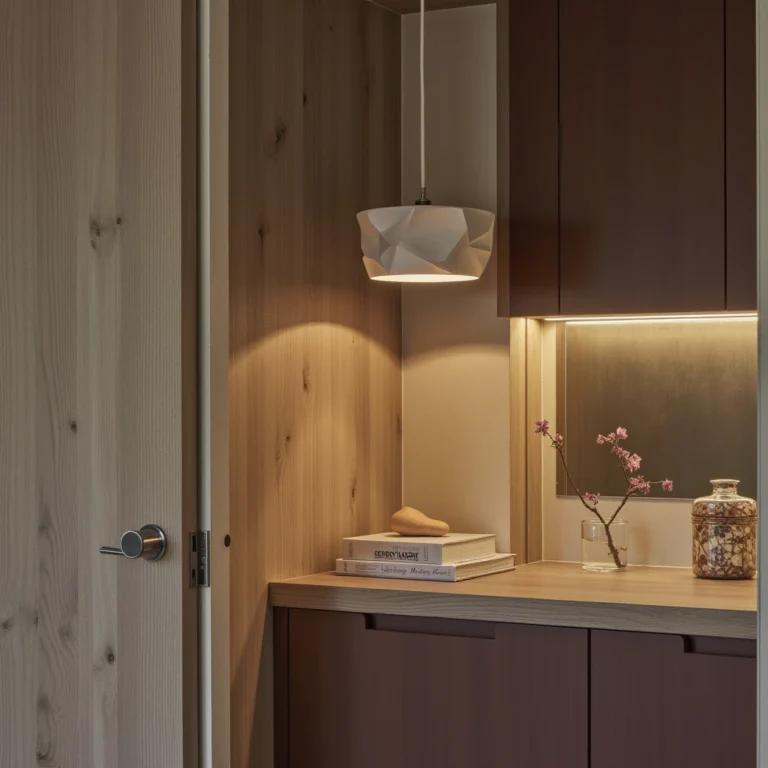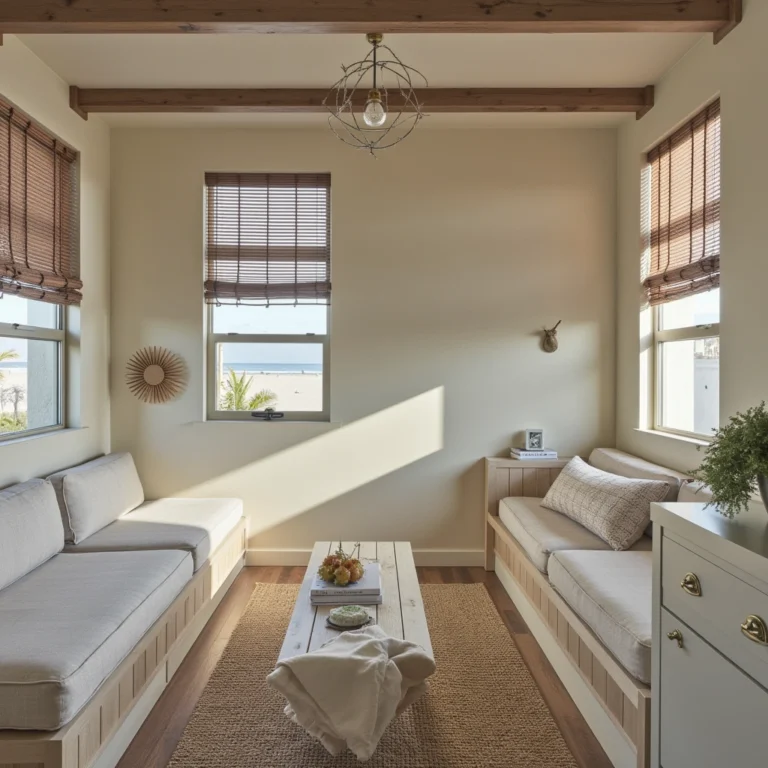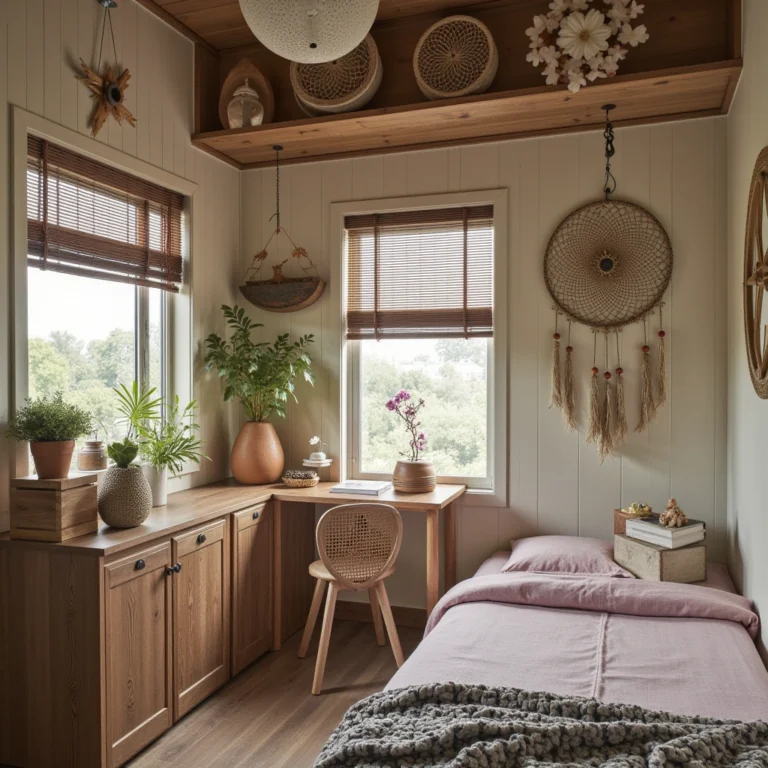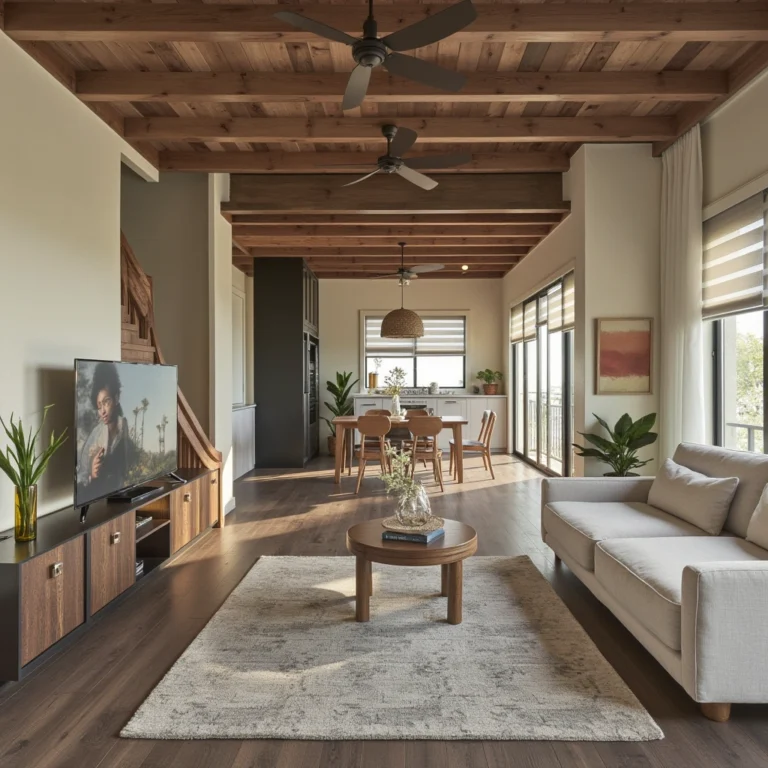14 Ways To Live A Minimalist Life
Embarking on a minimalist journey can truly transform your life, offering a path to simplicity, clarity, and peace. Here at [Your Blog], we’re committed to providing you with the most accurate and practical information to help you embrace this lifestyle with confidence.
So, what is a minimalist life and how can you achieve it? Minimalism is about living with less, focusing on experiences over possessions. It involves decluttering your space and mind, keeping only what adds value to your life. By simplifying your environment, you create more time, energy, and freedom to pursue what truly matters.
Ready to dive in? Let’s explore the practical steps and benefits of living a minimalist life. You’ll discover tips on decluttering, organizing, and maintaining a minimalist home, as well as how to adopt a minimalist mindset.
Understanding Minimalism
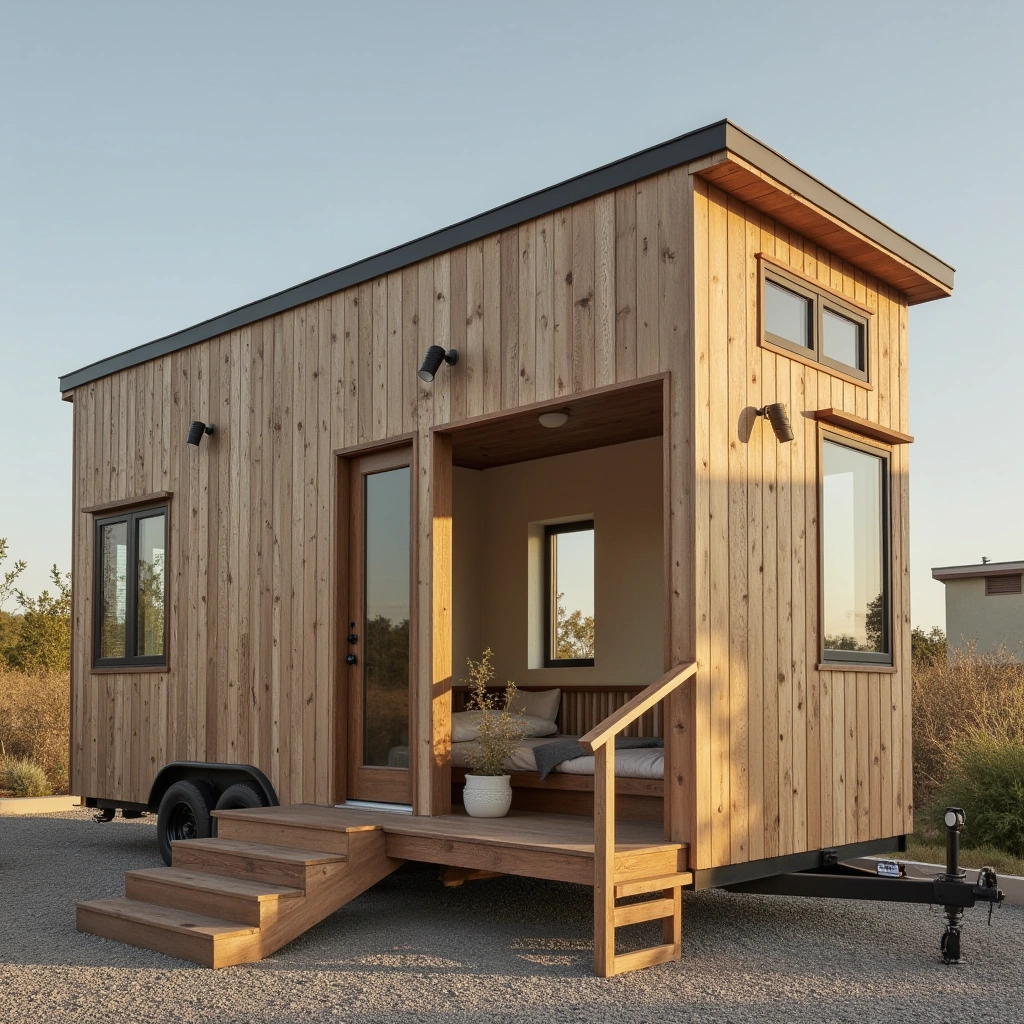
Minimalism isn’t just about owning less; it’s about valuing experiences over material possessions. It’s a journey towards intentional living, where every item in your life serves a purpose or brings you joy. By embracing minimalism, you can reduce stress, save money, and gain more time for the things that truly matter.
1. Start with a clear vision
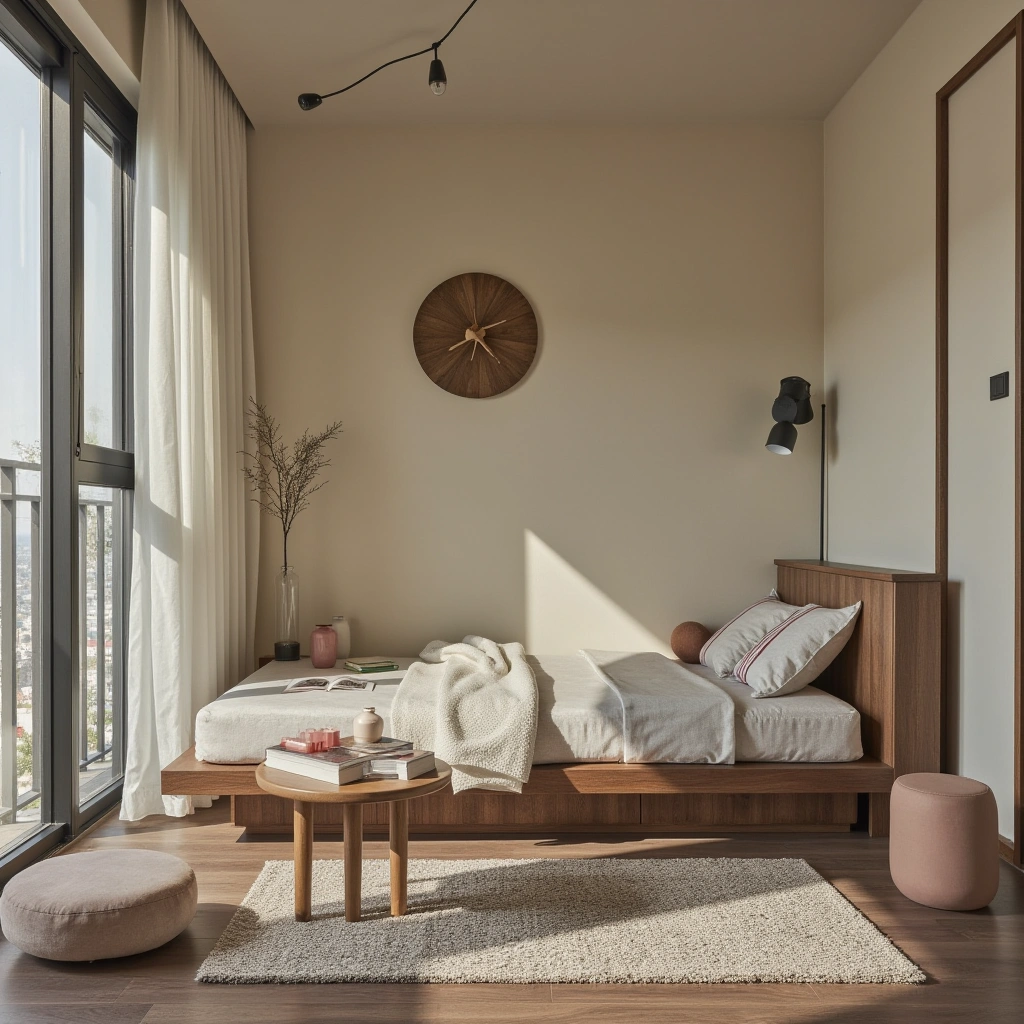
Beginning your minimalist journey with a clear vision is crucial. Ask yourself why you want to live a minimalist life. Is it to reduce stress, save money, or have more time for hobbies? Having a clear purpose will guide your decisions and keep you motivated. Write down your vision and refer to it often.
Practical Implementation Tips:
Furniture selection:
Choose versatile pieces that serve multiple purposes. For example, an ottoman that can be used as a coffee table, extra seating, or storage.
Color schemes:
Opt for a neutral color palette, which creates a sense of calm and makes it easier to mix and match different pieces.
Decorative elements:
Keep decorative items minimal and functional. For instance, a beautiful vase that can also hold your keys.
Suits different home styles:
Modern minimalist homes often feature clean lines and open spaces, but minimalism can also be applied to traditional styles by focusing on simplicity and functionality.
Transition to the next idea:
Once you have a clear vision, the next step is to assess your current living space and start the decluttering process.
2. Assess your living space

Before you start decluttering, take a good look at your living space. Identify areas that feel cluttered or overwhelming. Make a list of rooms or spaces you want to tackle first. This will help you create a plan of action and make the process less daunting.
Furniture selection:
Consider the functionality of each piece of furniture. If it doesn’t serve a purpose, it might be time to let it go.
Color schemes:
Choose a light color palette that can make your space feel more open and airy.
Decorative elements:
Focus on a few key pieces that bring you joy or have sentimental value.
Suits different home styles:
This approach works well in both modern and traditional homes, as it emphasizes the importance of functionality and personal connections.
Transition to the next idea:
After assessing your space, it’s time to dive into the heart of minimalism: decluttering.
3. The Art of Decluttering
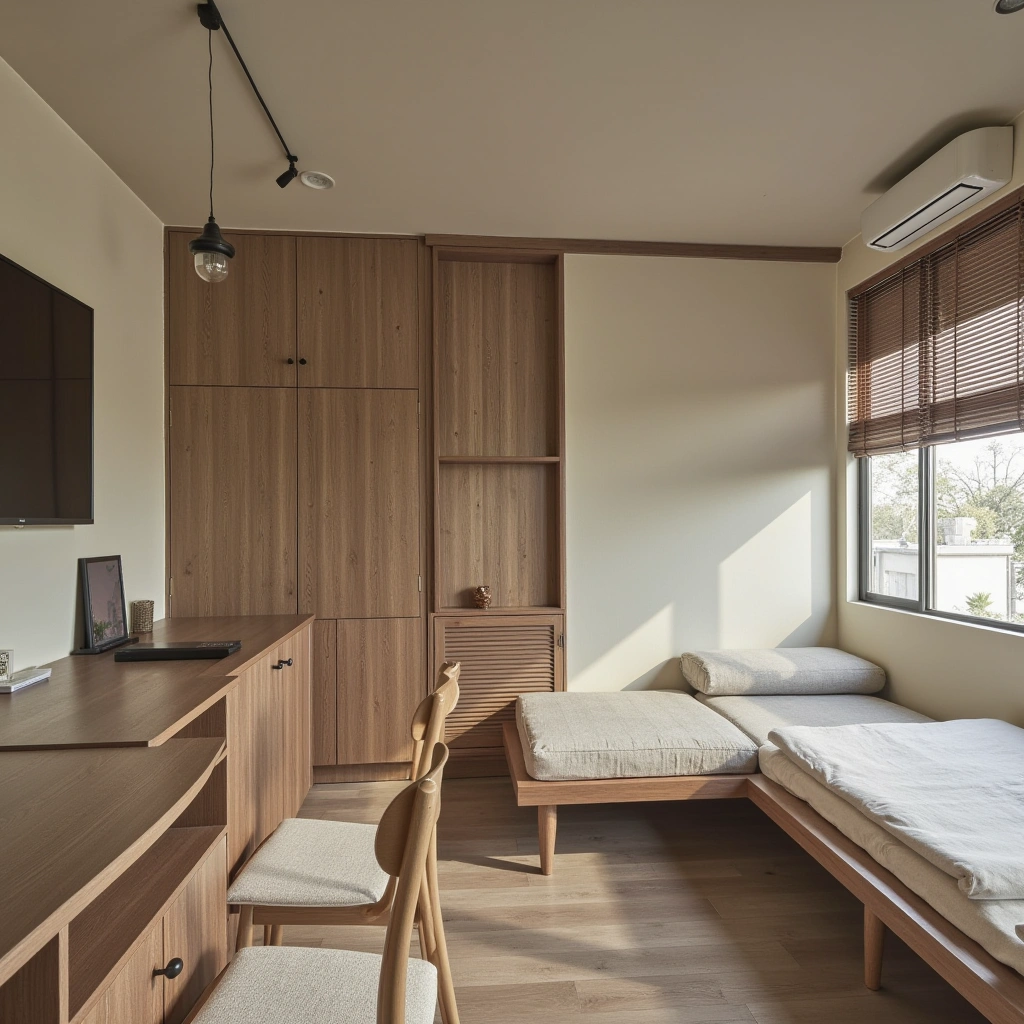
Decluttering is the cornerstone of minimalist living. It’s about removing unnecessary items to create a clean, organized space. Start by categorizing your belongings into three groups: keep, donate/sell, and trash. Be honest with yourself about what you truly need and use.
Furniture selection:
Opt for furniture with built-in storage to keep clutter at bay.
Color schemes:
Stick to a consistent color scheme to create a cohesive and calming environment.
Decorative elements:
Choose decorative items that are both functional and aesthetically pleasing.
Suits different home styles:
Decluttering works well in all home styles, as it focuses on creating a clean and organized space.
Transition to the next idea:
Once you’ve decluttered, the next step is to organize your space in a way that supports your minimalist lifestyle.
4. Organize your space
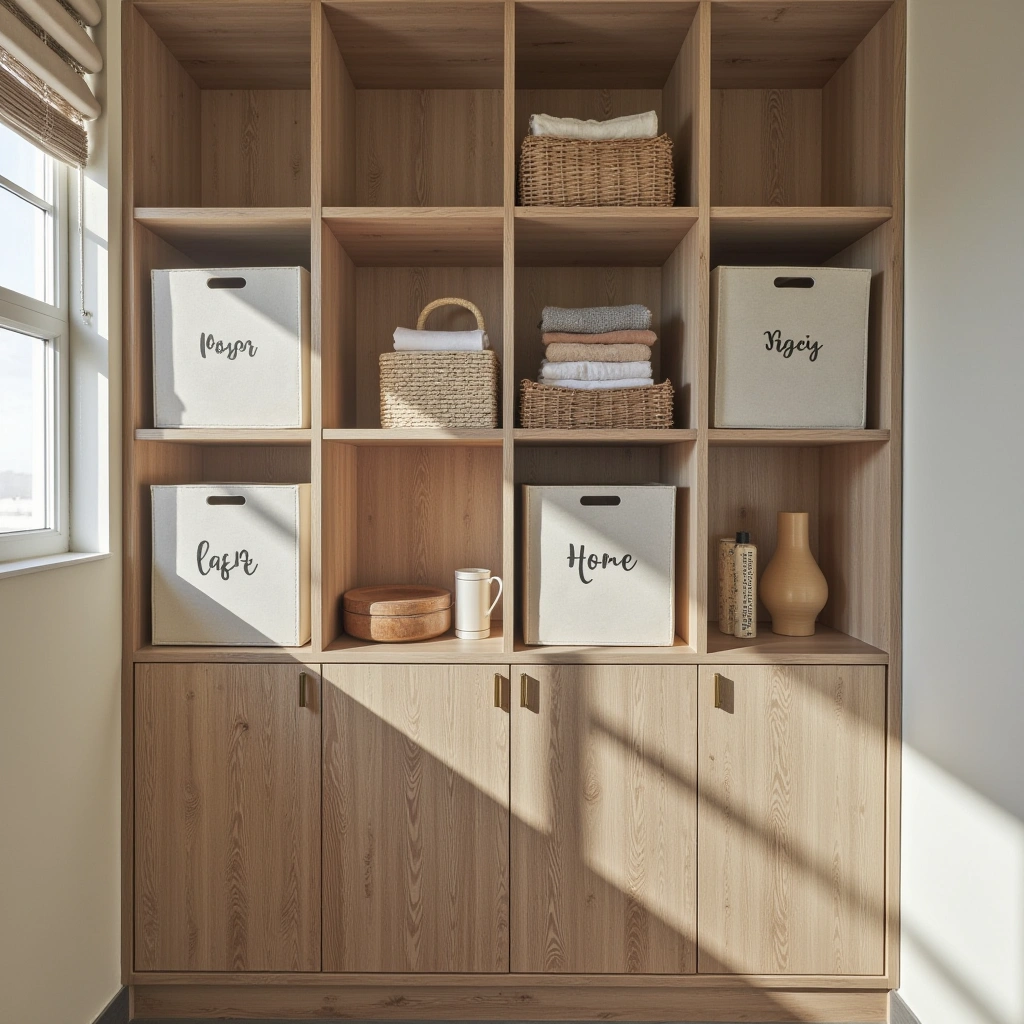
Organizing your space is essential for maintaining a minimalist home. Use storage solutions that keep your belongings out of sight but easily accessible. Label boxes and bins to make it easier to find what you need.
Furniture selection:
Choose furniture with hidden storage, such as beds with built-in drawers or shelves.
Color schemes:
Use a monochromatic color scheme to create a sense of harmony and balance.
Decorative elements:
Opt for decorative items that also serve a functional purpose, such as a decorative tray that can be used to store keys and mail.
Suits different home styles:
This approach works well in modern homes, as it emphasizes clean lines and open spaces.
Transition to the next idea:
After organizing your space, it’s important to maintain your minimalist home by adopting a few simple habits.
5. Capsule Wardrobe
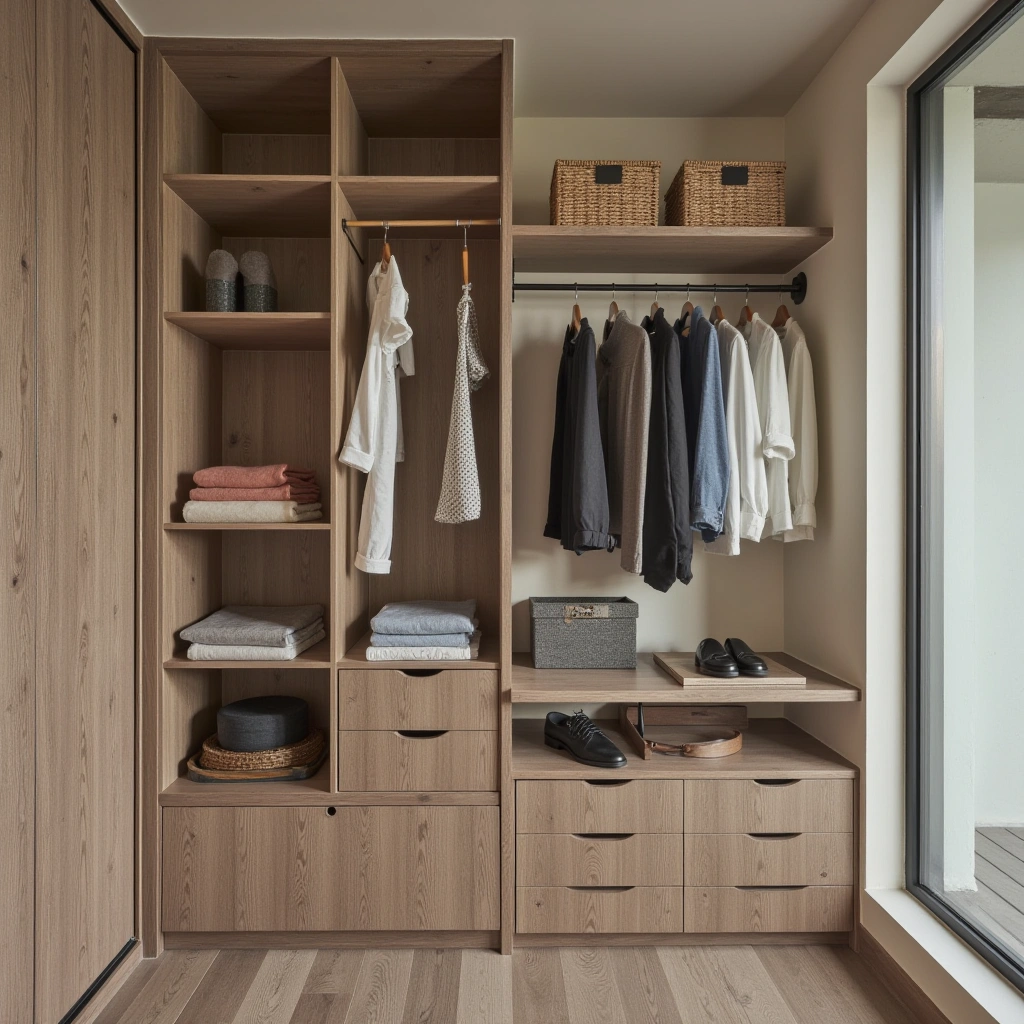
Adopting a capsule wardrobe can significantly simplify your life. A capsule wardrobe consists of a limited number of versatile, interchangeable pieces that can be mixed and matched to create various outfits. This approach not only saves space but also reduces decision fatigue.
Furniture selection:
Invest in a wardrobe with compartments and shelves to keep your capsule wardrobe organized.
Color schemes:
Opt for a neutral color palette for your wardrobe, which allows for more versatility.
Decorative elements:
Use decorative storage solutions like wicker baskets or fabric bins to keep accessories organized.
Suits different home styles:
A capsule wardrobe works well in both modern and traditional homes, as it focuses on simplicity and functionality.
Transition to the next idea:
Creating a capsule wardrobe is just one way to simplify your life. Next, let’s look at how to minimize digital clutter.
6. Minimize Digital Clutter
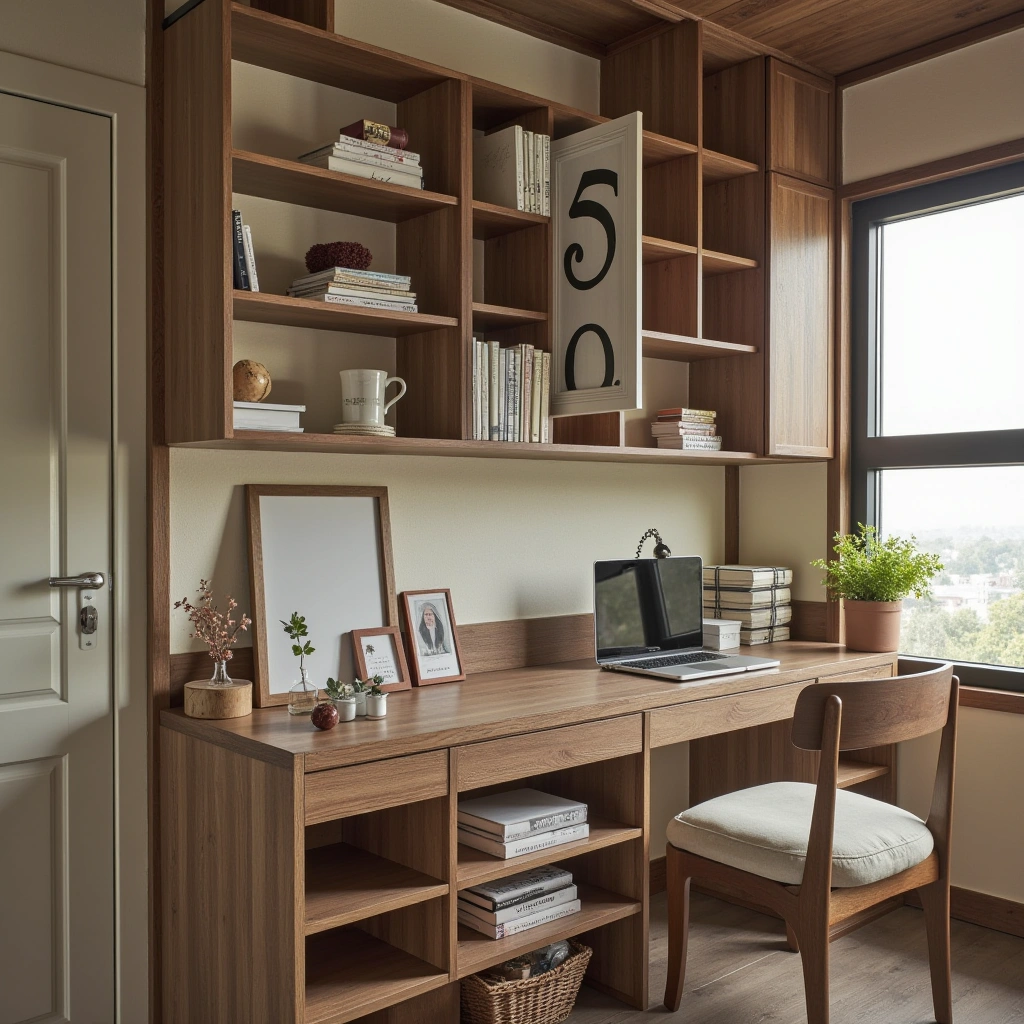
Digital clutter can be just as overwhelming as physical clutter. Take the time to organize your digital files, delete unnecessary emails, and unsubscribe from newsletters you no longer read. This will help you stay focused and productive.
Furniture selection:
Invest in a minimalist desk with built-in cable management to keep your workspace clean.
Color schemes:
Use a calming color scheme for your digital devices to reduce eye strain.
Decorative elements:
Opt for minimalist desktop wallpapers and icons to keep your digital environment clutter-free.
Suits different home styles:
This approach works well in both modern and traditional homes, as it focuses on creating a clean and organized digital space.
Transition to the next idea:
Now that you’ve minimized your digital clutter, let’s explore how to simplify your daily routines.
7. Simplify Daily Routines
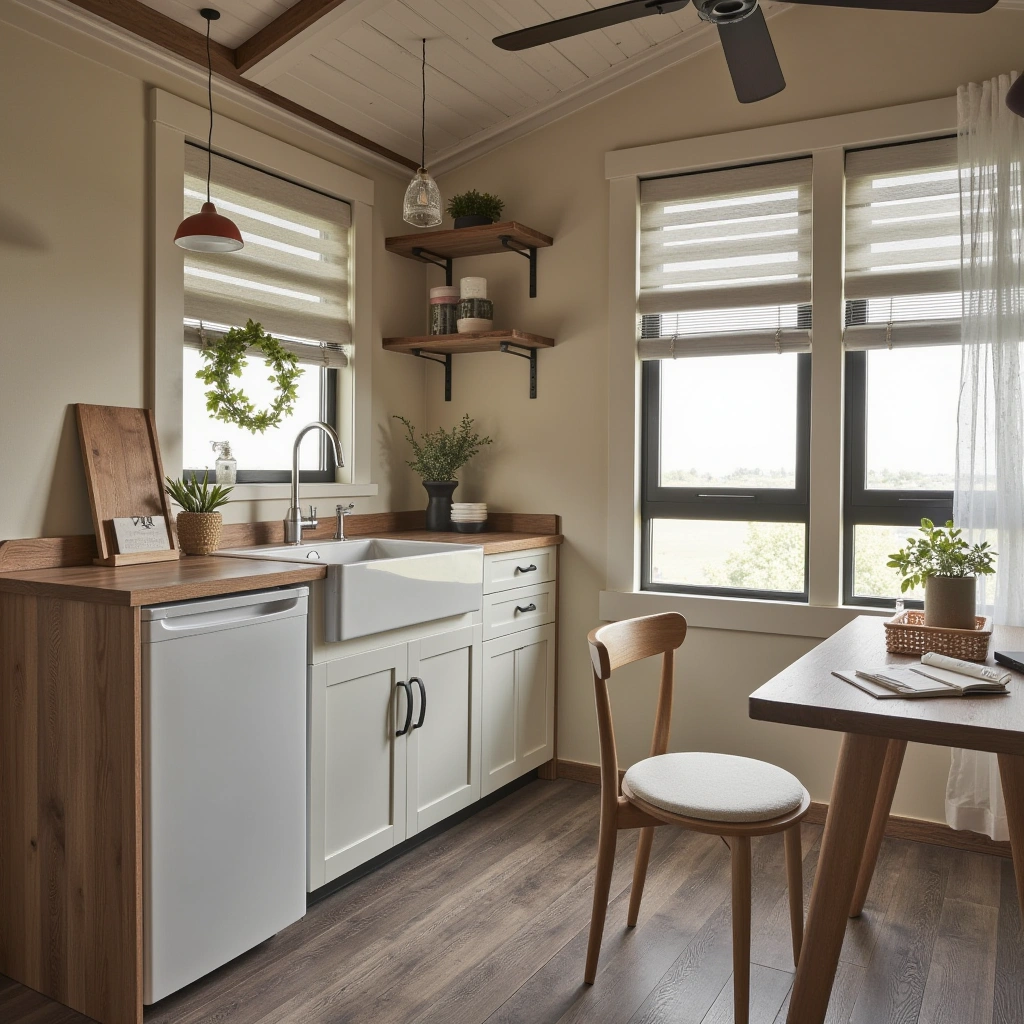
Simplifying your daily routines can save you time and reduce stress. Create a morning and evening routine that focuses on essential tasks. Use a planner or digital app to keep track of your schedule and prioritize tasks.
Furniture selection:
Invest in a minimalist planner or digital app that helps you stay organized.
Color schemes:
Use a calming color scheme for your planner or app to reduce stress.
Decorative elements:
Opt for minimalist decorative items that can also serve a functional purpose, such as a decorative clock that can be used to track your daily routines.
Suits different home styles:
This approach works well in both modern and traditional homes, as it focuses on creating a clean and organized daily routine.
Transition to the next idea:
Simplifying your daily routines is just one way to reduce stress. Next, let’s look at how to create a minimalist kitchen.
8. Minimalist Kitchen
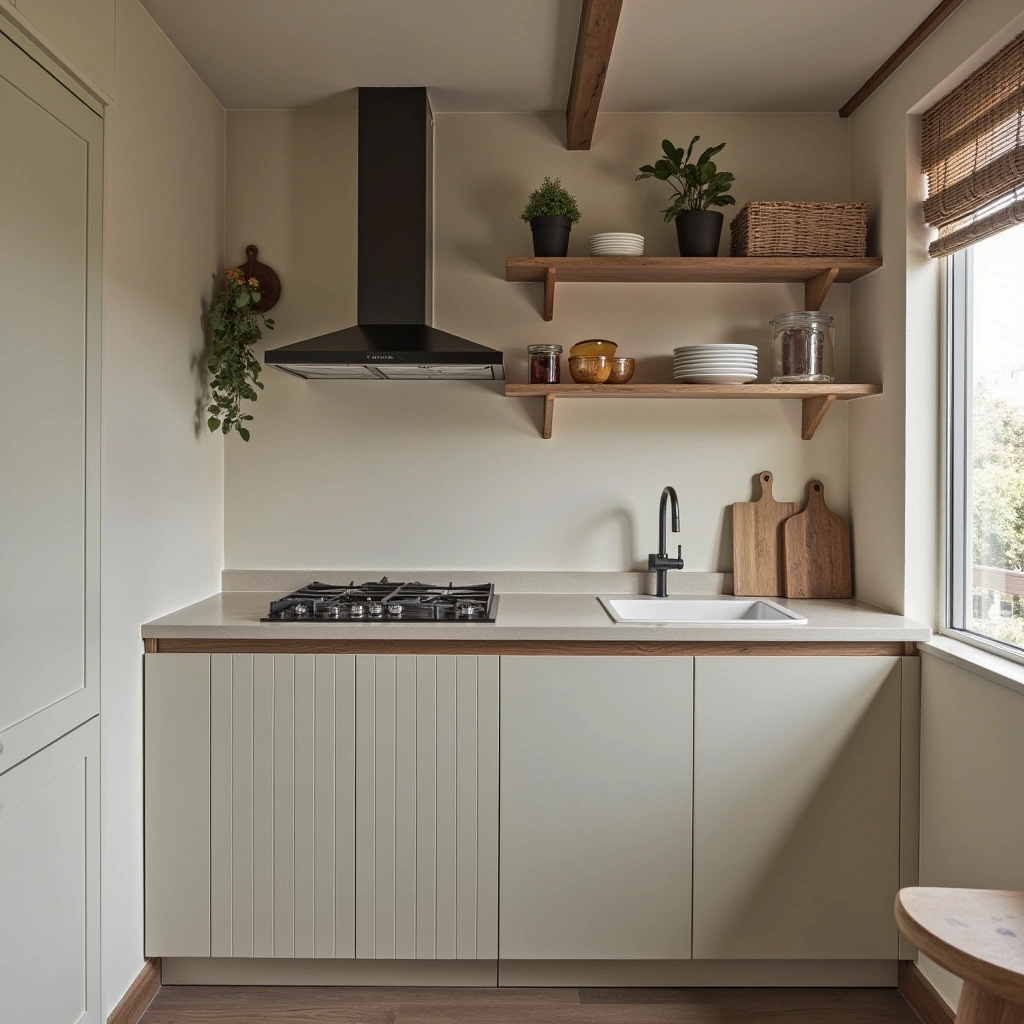
A minimalist kitchen focuses on functionality and simplicity. Keep countertops clear of clutter and only display essential items. Use open shelving to create a sense of openness and make it easier to find what you need.
Furniture selection:
Opt for multi-functional kitchen appliances that save space.
Color schemes:
Use a neutral color palette to create a calming and inviting kitchen environment.
Decorative elements:
Choose minimalist decorative items that also serve a functional purpose, such as a decorative fruit bowl that can be used to store fresh produce.
Suits different home styles:
This approach works well in both modern and traditional homes, as it focuses on creating a clean and organized kitchen space.
Transition to the next idea:
Creating a minimalist kitchen is just one way to simplify your home. Next, let’s explore how to minimize waste.
9. Minimize Waste
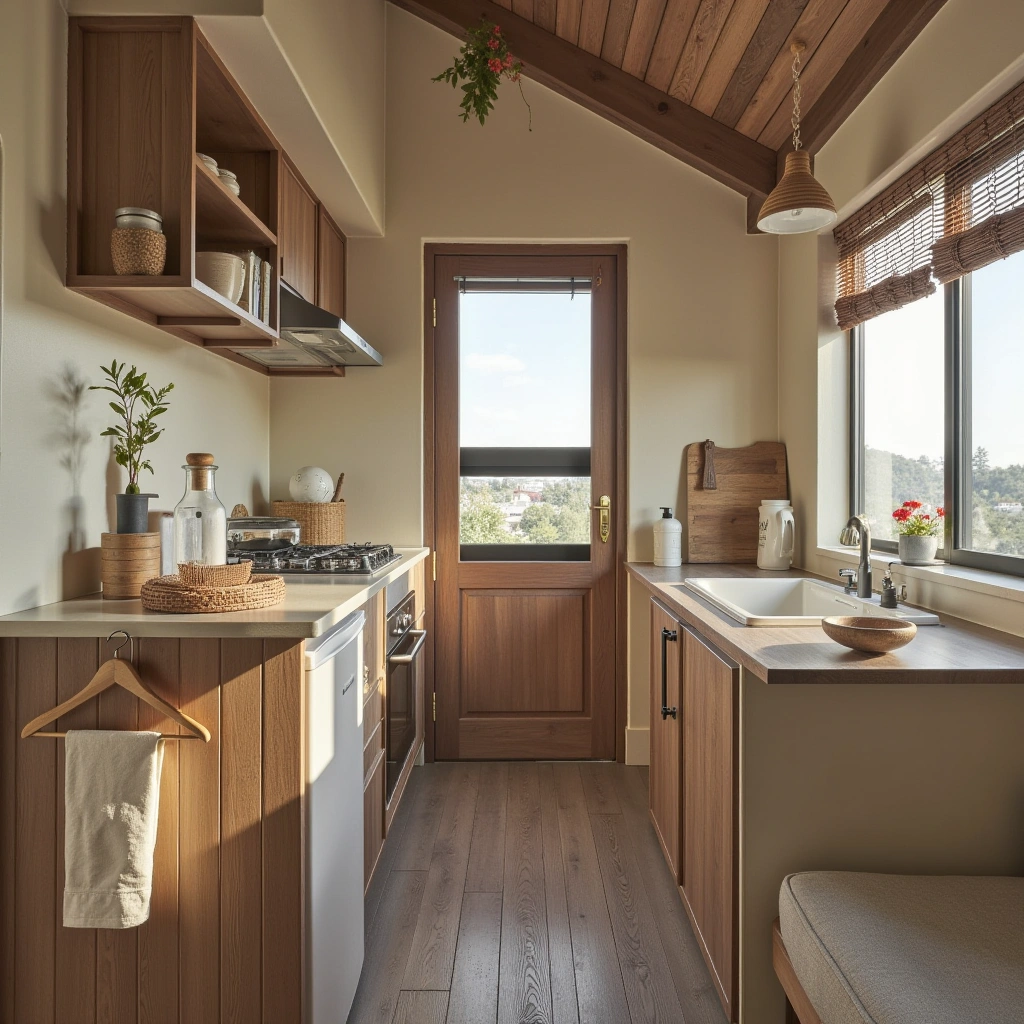
Minimizing waste is an essential part of living a minimalist life. Reduce, reuse, and recycle whenever possible. Use reusable containers for food storage and opt for eco-friendly cleaning products. This not only helps the environment but also saves you money.
Furniture selection:
Invest in durable, eco-friendly furniture that will last for years.
Color schemes:
Use a natural color palette to create a sense of harmony with the environment.
Decorative elements:
Opt for decorative items made from recycled materials to support sustainability.
Suits different home styles:
This approach works well in both modern and traditional homes, as it focuses on creating a clean and organized minimalist kitchen space.
Transition to the next idea:
Minimizing waste is just one way to live a more sustainable life. Next, let’s look at how to create a minimalist bathroom.
10. Minimalist Bathroom
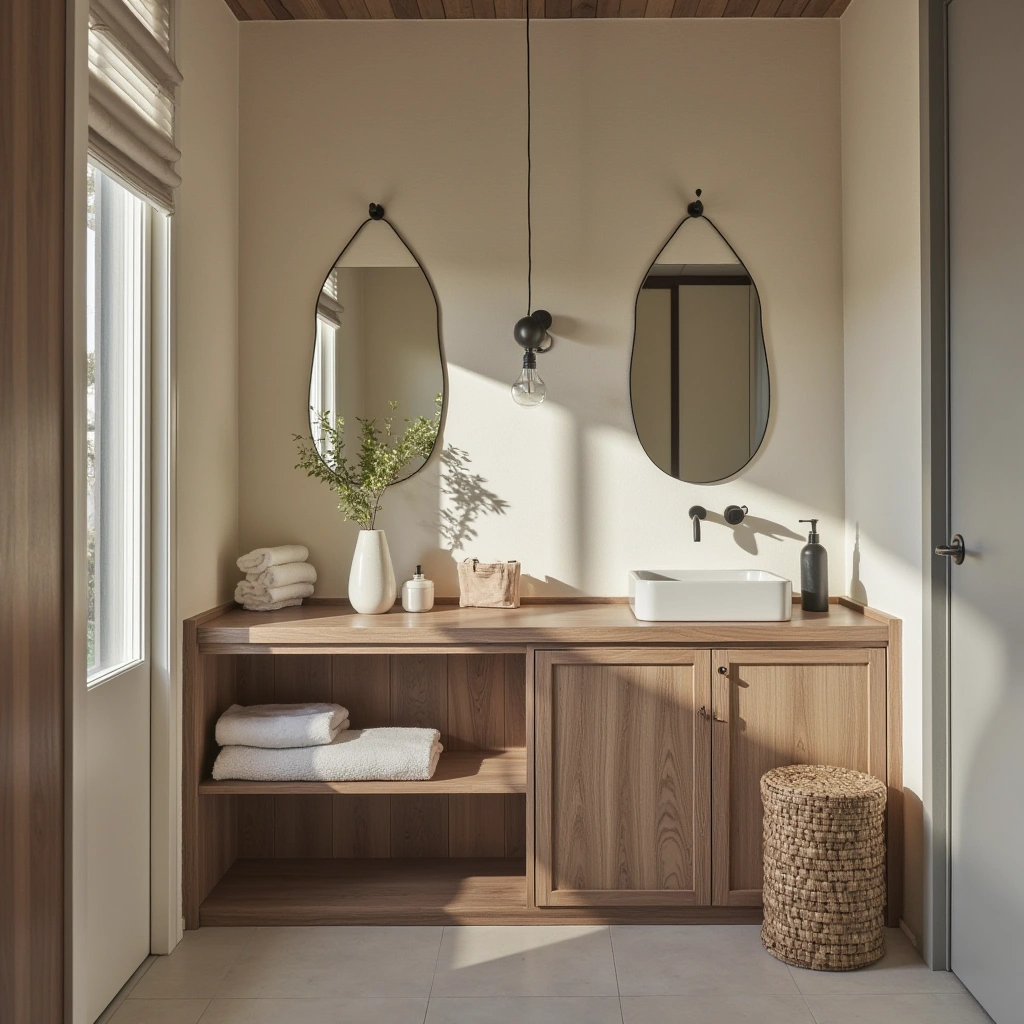
A minimalist bathroom should be clean, organized, and functional. Keep countertops clear of clutter and use storage solutions to keep essentials organized. Opt for a neutral color palette to create a calming and relaxing environment.
Furniture selection:
Choose a vanity with built-in storage to keep your bathroom organized.
Color schemes:
Use a light color palette to create a sense of openness and tranquility.
Decorative elements:
Opt for minimalist decorative items that also serve a functional purpose, such as a decorative soap dispenser that can be used to store hand soap.
Suits different home styles:
This approach works well in both modern and traditional homes, as it focuses on creating a clean and organized bathroom space.
Transition to the next idea:
Creating a minimalist bathroom is just one way to simplify your home. Next, let’s explore how to adopt a minimalist mindset.
11. Adopt a Minimalist Mindset
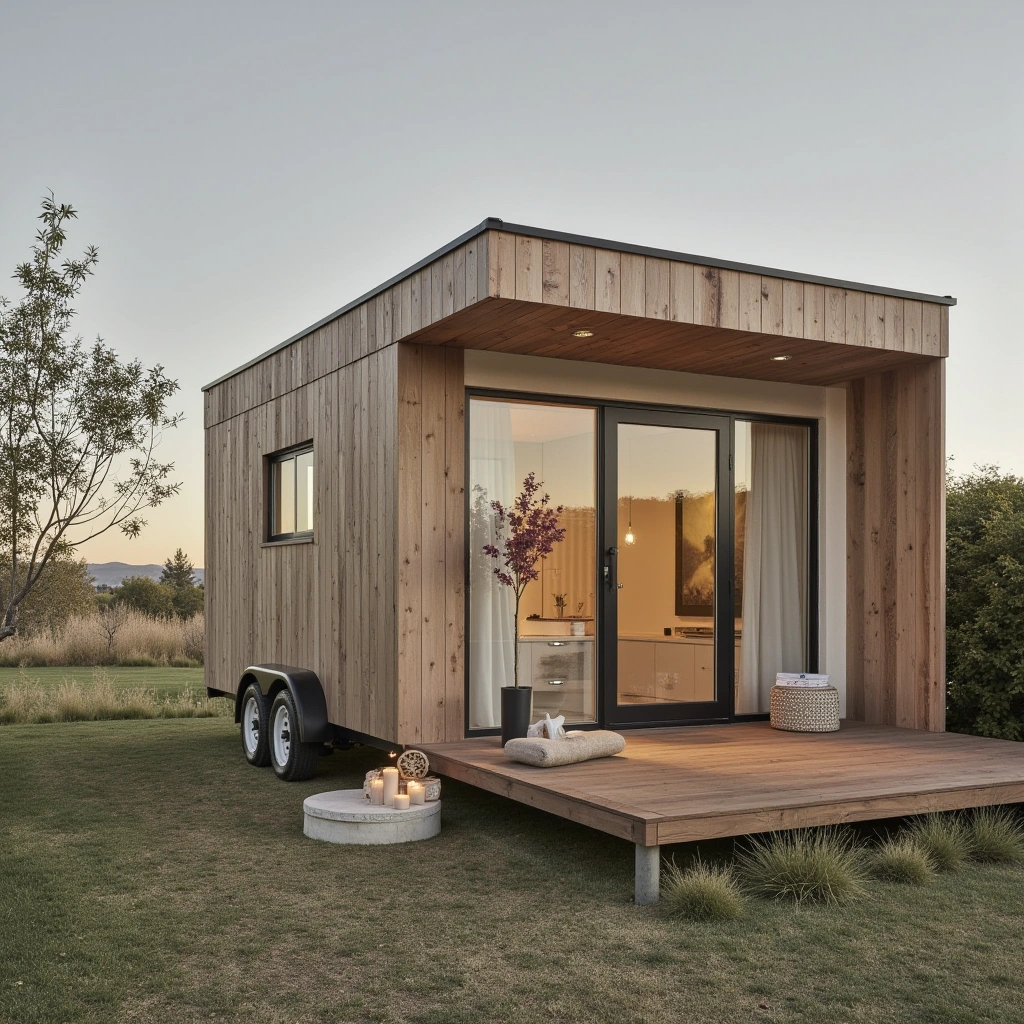
Adopting a minimalist mindset is key to living a minimalist life. Focus on experiences over possessions and be mindful of what you bring into your life. Practice gratitude and be content with what you have.
Furniture selection:
Invest in furniture that brings you joy and serves a purpose.
Color schemes:
Use a calming color palette to create a sense of peace and tranquility.
Decorative elements:
Opt for decorative items that have sentimental value or bring you joy.
Suits different home styles:
This approach works well in both modern and traditional homes, as it focuses on creating a clean and organized minimalist mindset.
Transition to the next idea:
Adopting a minimalist mindset is just one way to live a more fulfilling life. Next, let’s look at how to simplify your finances.
12. Simplify Your Finances
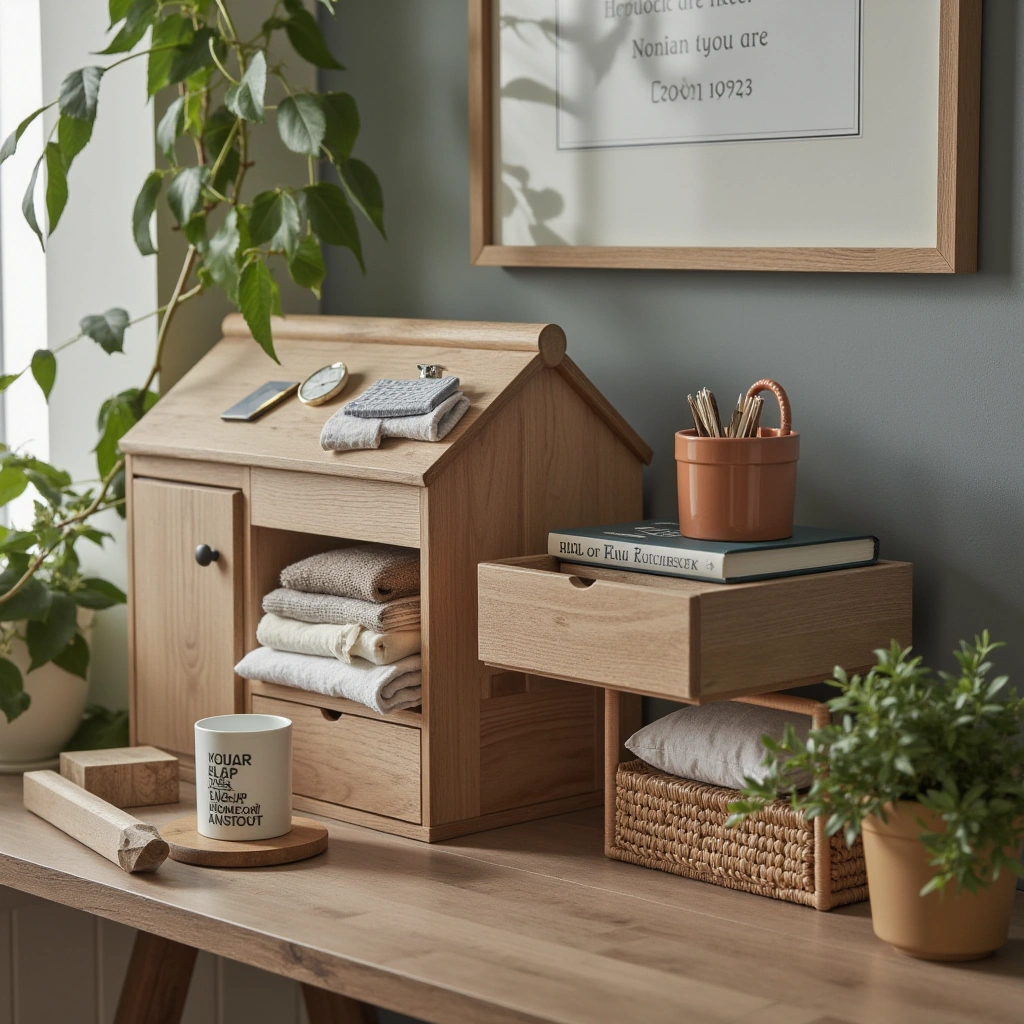
Simplifying your finances can reduce stress and help you save money. Create a budget and stick to it. Use automatic payments for bills and save for emergencies. This will help you stay on track and avoid financial stress.
Furniture selection:
Invest in a minimalist filing cabinet to keep your financial documents organized.
Color schemes:
Use a neutral color palette to create a sense of calm and focus.
Decorative elements:
Opt for minimalist decorative items that can also serve a functional purpose, such as a decorative calendar that can be used to track your financial goals.
Suits different home styles:
This approach works well in both modern and traditional homes, as it focuses on creating a clean and organized financial system.
Transition to the next idea:
Simplifying your finances is just one way to reduce stress. Next, let’s explore how to create a minimalist bedroom.
13. Minimalist Bedroom
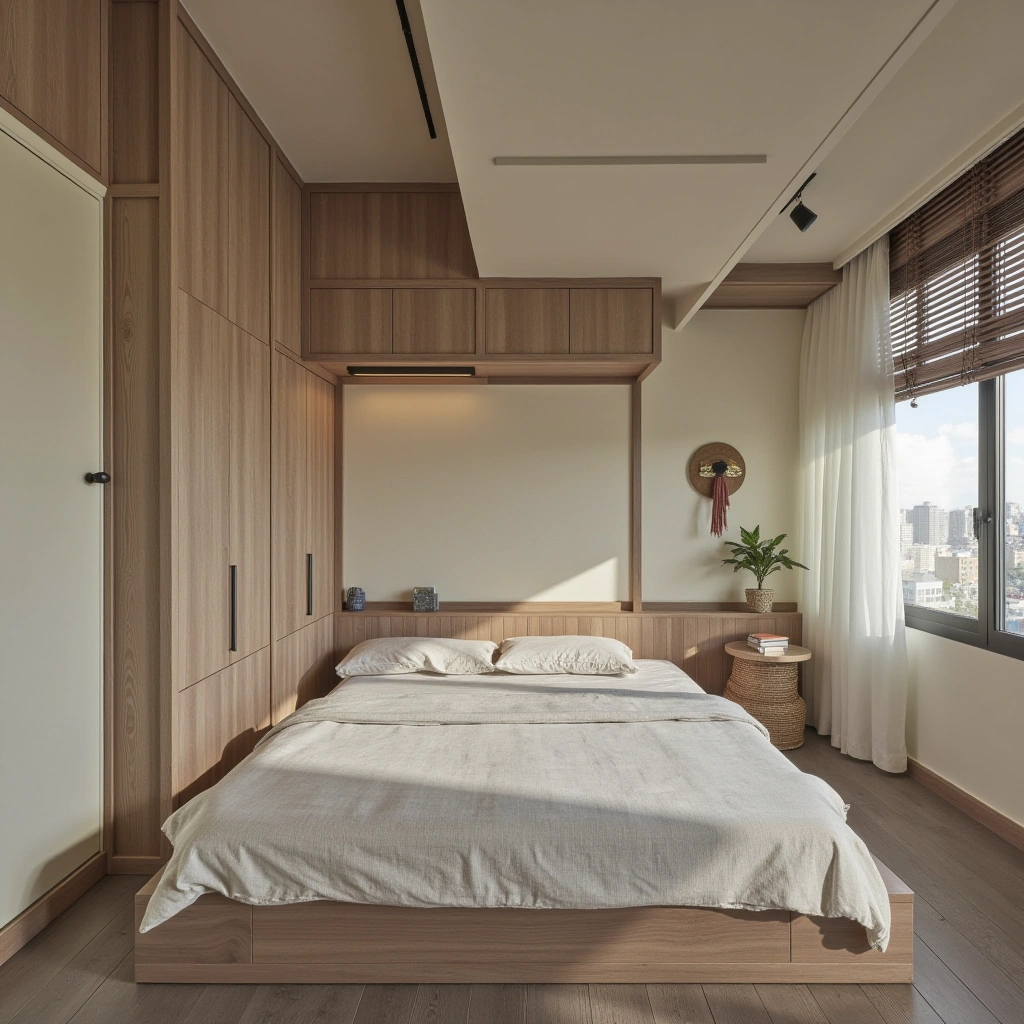
A minimalist bedroom should be a sanctuary for rest and relaxation. Keep the space clean and clutter-free. Use a neutral color palette to create a calming environment. Invest in a comfortable bed and minimalist furniture to create a peaceful retreat.
Furniture selection:
Opt for a bed frame with built-in storage to keep your bedroom organized.
Color schemes:
Use a soft color palette to create a sense of tranquility and relaxation.
Decorative elements:
Choose minimalist decorative items that also serve a functional purpose, such as a decorative tray that can be used to store jewelry or other small items.
Suits different home styles:
This approach works well in both modern and traditional homes, as it focuses on creating a clean and organized bedroom space.
Transition to the next idea:
Creating a minimalist bedroom is just one way to simplify your home. Next, let’s look at how to practice mindfulness.
14. Practice Mindfulness
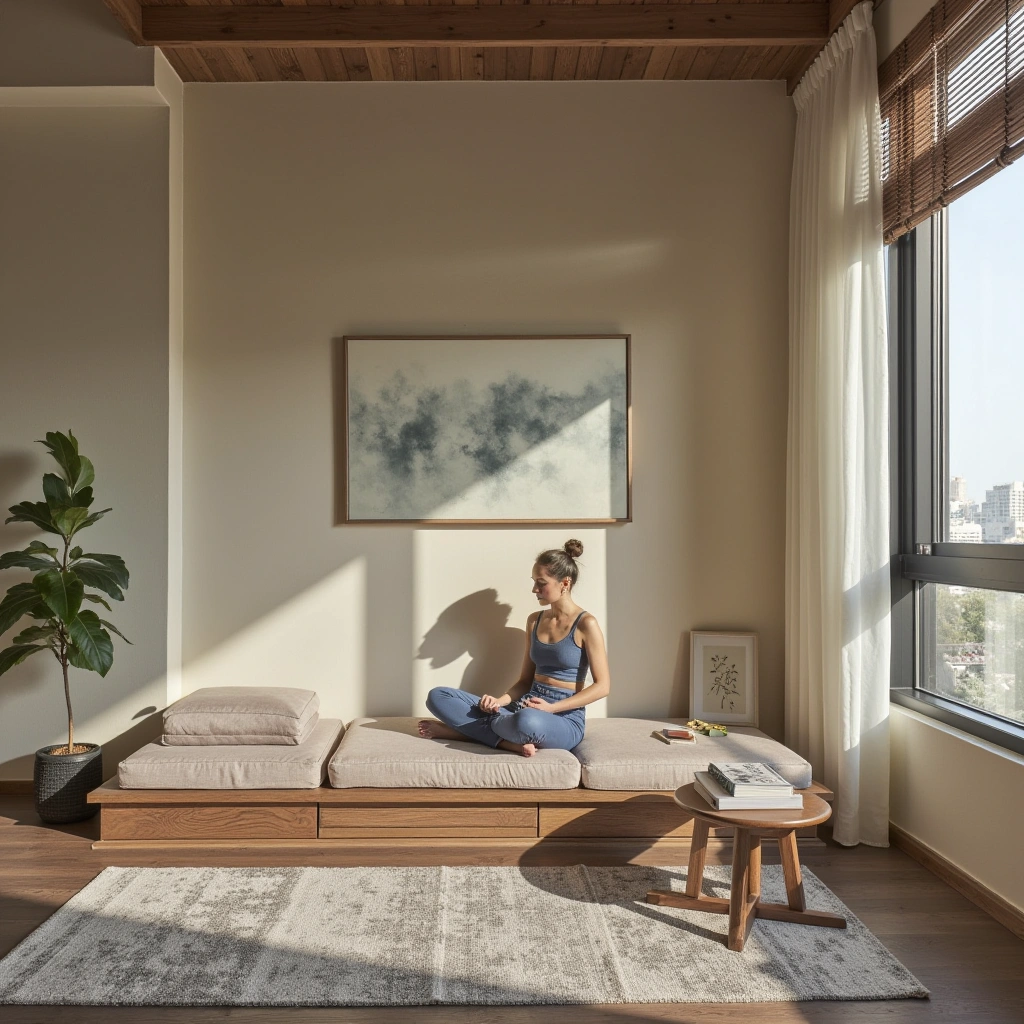
Practicing mindfulness can help you stay focused and present. Take time each day to meditate, journal, or simply sit in silence. This will help you stay grounded and reduce stress.
Furniture selection:
Create a dedicated space for mindfulness practices, such as a comfortable chair or cushion.
Color schemes:
Use a calming color palette to create a sense of peace and tranquility.
Decorative elements:
Opt for minimalist decorative items that can also serve a functional purpose, such as a decorative journal that can be used to track your mindfulness practices.
Suits different home styles:
This approach works well in both modern and traditional homes, as it focuses on creating a clean and organized mindfulness practice.
Transition to the conclusion:
By practicing mindfulness, you can stay focused and present, which is essential for living a minimalist life.
Conclusion

Living a minimalist life is a journey towards simplicity, clarity, and peace. By decluttering your space, organizing your belongings, and adopting a minimalist mindset, you can create a life that is focused on what truly matters. Remember, the key to a minimalist life is to live with less, focus on experiences over possessions, and be mindful of what you bring into your life.
Embracing minimalism can truly transform your life, offering a path to simplicity, clarity, and peace. Start your minimalist journey today and discover the freedom and joy that comes with living with less. 14 Ways To Live A Minimalist Life.


